1000x increase in capacity 10x higher data rates etc will create opportunities for diverse new applications including. Antenna design for mobile phones has always been a challenging topic for engineers and designing antennas to support the new 5G frequency bands will raise the bar further. antenna design for 5g.
Antenna Design For 5g, Designing the feeding network the effect of the coupling between the adjacent antenna elements and the effect of surrounded materials on the radiation characteristics of the antennas. 1000x increase in capacity 10x higher data rates etc will create opportunities for diverse new applications including. This antenna unit will define a single section that will eventually be duplicated into an array of antennas hence antenna array.
 Mimo And Phased Array Antennas For 5g From semiengineering.com
Mimo And Phased Array Antennas For 5g From semiengineering.com
Antenna design for 5g communications. The following are two examples. 2At the same distance isolation of low frequencies is higher than that of high frequencies so antennas can be placed alternately for example.
Also antenna design is considered as a basic field which needs a continuous developing for serving 5G wireless communication systems.
Frequency range 1 for sub 6 GHz bands communication and frequency range 2 for communication at the millimeter mm wave. Also antenna design is considered as a basic field which needs a continuous developing for serving 5G wireless communication systems. Its structure is composed of eight identical planar-inverted F antenna PIFA elements placed at different edge corners of the handset mainboard with overall dimensions of 150 75 mm 2. The following are two examples. Advanced antenna systems for 5G networks. 2At the same distance isolation of low frequencies is higher than that of high frequencies so antennas can be placed alternately for example.
Another Article :

Two frequency ranges are of most interest. The new 5G requirements eg. To create 5G broadcast beams with these characteristics 5G antennas must support beamforming technology. Figure 3-1 Principles of beamforming technology With the all-band to 5G transition 5G antennas must support beamforming for broadcast beams on all bands. Weight W1 W2 Desired suppression Desired. 5g Antenna Design For Mobile Phones The Simulia Blog.
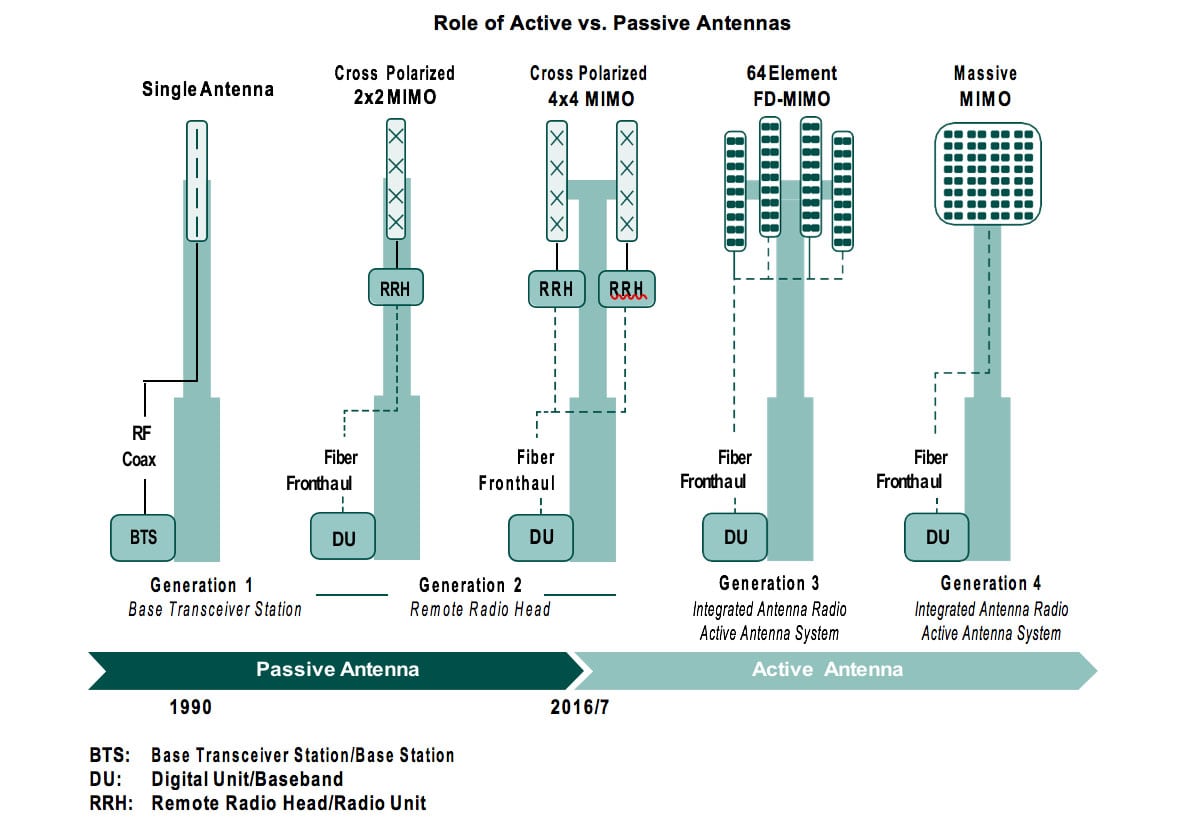
Advanced Antenna Systems for 5G 2019 56. Antennas are designed to perform optimally across a predefined set of frequency bands. Though 5G applications have not been standardized yet and many researchers are developing a range of devices to expand the world of IoT we can start by looking at a basic introductory model showing how to design a small antenna in a mobile device in our Modeling of a Mobile Device Antenna tutorial. The beamforming and synthesizing the array designing the antenna elements. The antenna design for 5G mmWave arrays has the following important aspects. Analyst Angle The Rise And Outlook Of Antennas In 5g.
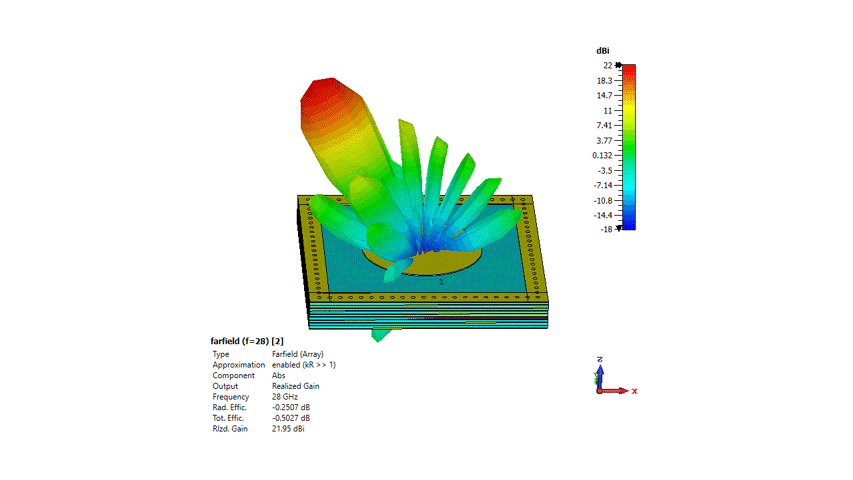
URSI AP-RASC 2019 New Delhi India 09 - 15 March 2019 Antenna Design For Fifth Generation 5G Applications Ravinder Kumar Meena1 Avinash2 Manish Kumar Dabhade3 Kunal Srivastava4 Binod K. Issues like path loss rain absorption. Complex Lodhi Road New Delhi-3 123 GGSIP University USICT Dwarka. 1000x increase in capacity 10x higher data rates etc will create opportunities for diverse new applications including. A 5G MIMO-array antenna is designed on a Rogers RTDuroid 5880 substrate thickness 025 mm and proposed to resonate at 280 GHz for the coverage in the intended directions. 5g Mmwave Antenna Array Design Coreiot Technologiescoreiot Technologies.
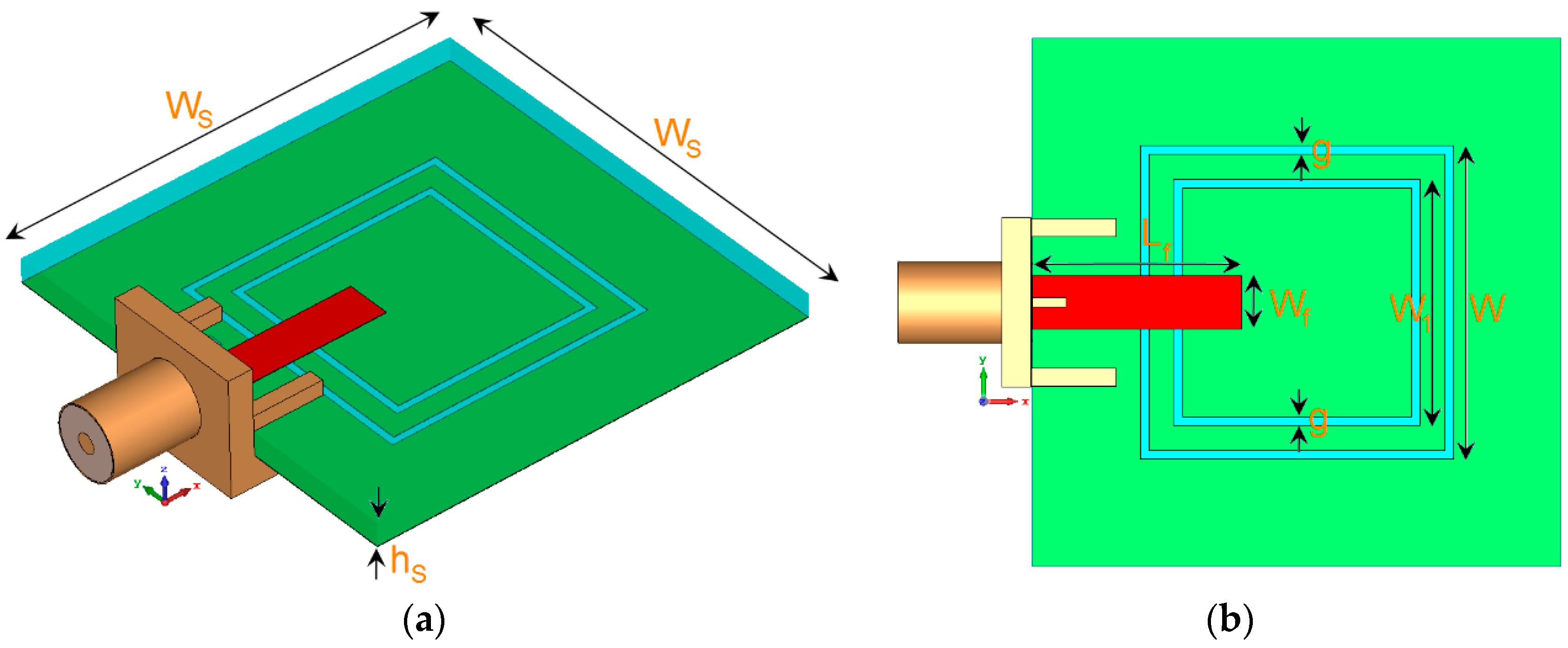
Figure 3-1 Principles of beamforming technology With the all-band to 5G transition 5G antennas must support beamforming for broadcast beams on all bands. Frequency range 1 for sub 6 GHz bands communication and frequency range 2 for communication at the millimeter mm wave. The antenna performance is investigated including gain coupling and. The antenna design for 5G mmWave arrays has the following important aspects. Optimizing the Design of a Mobile Device. Sensors Free Full Text Multi Band Mimo Antenna Design With User Impact Investigation For 4g And 5g Mobile Terminals Html.

5G networks operate on frequencies that can be broadly classified as high frequency and low frequency. Also antenna design is considered as a basic field which needs a continuous developing for serving 5G wireless communication systems. Its structure is composed of eight identical planar-inverted F antenna PIFA elements placed at different edge corners of the handset mainboard with overall dimensions of 150 75 mm 2. Active antennas and MIMO are key to differentiating 5G from. Zhou Yunfeng gave some advice on 5G antenna design. Comba 5g Massive Mimo Antenna 3d Beamforming Youtube.
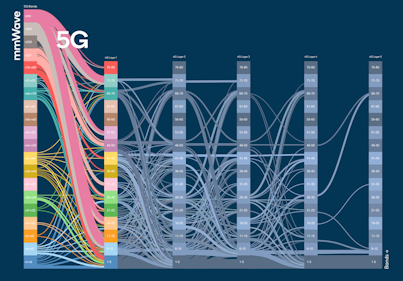
Zhou Yunfeng gave some advice on 5G antenna design. Antenna Design for 5G Communications. This antenna unit will define a single section that will eventually be duplicated into an array of antennas hence antenna array. AbstractThis paper outlines concept of two multiband antennas suitable for 5G communicationOne of which is designed in such a way that the resonating frequencies lies within the 450 MHz-6 GHzThis proposed antenna has resonating frequencies such as 24 GHz28 GHz41 GHz55 GHz59 GH 66. Though 5G applications have not been standardized yet and many researchers are developing a range of devices to expand the world of IoT we can start by looking at a basic introductory model showing how to design a small antenna in a mobile device in our Modeling of a Mobile Device Antenna tutorial. 6 Reasons To Move To A Complete Modem To Antenna Solution In The Era Of 5g Electronic Design.

The first step to creating an antenna array for 5G applications is to come up with an antenna unit template using the HFSS Antenna Toolkit. High frequency mmWave bands can. To this end Mr. 1000x increase in capacity 10x higher data rates etc will create opportunities for diverse new applications including. Sub-6 GHz Antenna Design Approach 5G antennas can be divided into two categories by their operating frequency. 5g Antenna Design For Mobile Phones The Simulia Blog.

The main goal of this thesis is designing a dual band multiple-input multiple-output MIMO microstrip antenna for serving the 5G communication systems by achieving all the important. Advanced Antenna Systems for 5G 2019 56. Comparing sub-6 GHz 5G with LTE 4G the system RF front-end and antenna design concepts will be very similar with the only difference being lateral complexity. This webinar demonstrates XFdtds 5G antenna array design features including workflow enhancements for modeling complex devices at millimeter wave frequencies. The following are two examples. 5g Antenna Design For Mobile Phones The Simulia Blog.
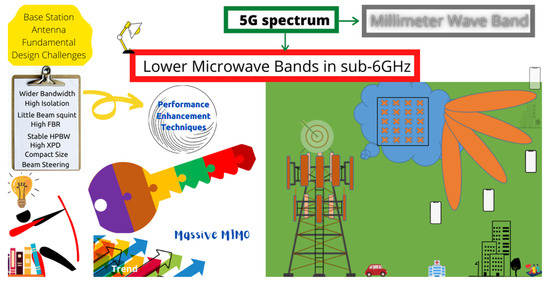
Frequency range 1 for sub 6 GHz bands communication and frequency range 2 for communication at the millimeter mm wave. Also antenna design is considered as a basic field which needs a continuous developing for serving 5G wireless communication systems. Zhou Yunfeng gave some advice on 5G antenna design. Recent technology developments have made advanced antenna systems AAS a viable option for large scale deployments in existing 4G and future 5G mobile networks. This paper presents an overview of the different 5G antenna designs. Electronics Free Full Text A Review On 5g Sub 6 Ghz Base Station Antenna Design Challenges Html.
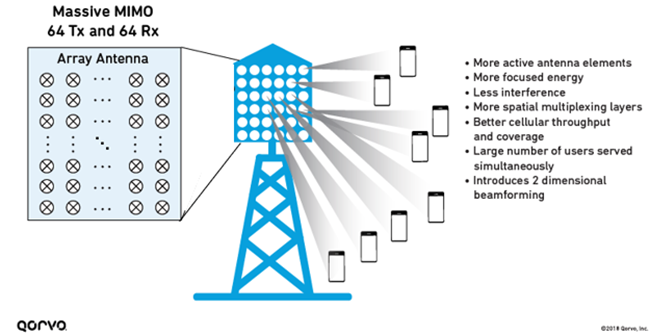
Designing the feeding network the effect of the coupling between the adjacent antenna elements and the effect of surrounded materials on the radiation characteristics of the antennas. URSI AP-RASC 2019 New Delhi India 09 - 15 March 2019 Antenna Design For Fifth Generation 5G Applications Ravinder Kumar Meena1 Avinash2 Manish Kumar Dabhade3 Kunal Srivastava4 Binod K. The antenna design for 5G mmWave arrays has the following important aspects. The first step to creating an antenna array for 5G applications is to come up with an antenna unit template using the HFSS Antenna Toolkit. Designing the feeding network the effect of the coupling between the adjacent antenna elements and the effect of surrounded materials on the radiation characteristics of the antennas. Best Practices To Accelerate 5g Base Station Deployment Your Rf Front End Massive Mimo Primer Qorvo.
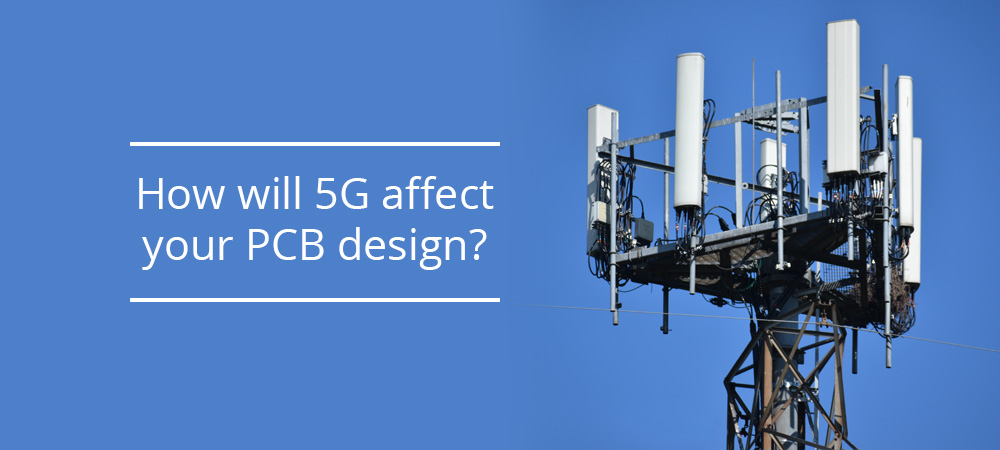
Antennas are designed to perform optimally across a predefined set of frequency bands. Traditional antennas are passive devices that use metal rods capacitors and conductors. AbstractThis paper outlines concept of two multiband antennas suitable for 5G communicationOne of which is designed in such a way that the resonating frequencies lies within the 450 MHz-6 GHzThis proposed antenna has resonating frequencies such as 24 GHz28 GHz41 GHz55 GHz59 GH 66. Antenna design for 5g communications. Through the 5G Antenna Design Maze with Antenna-plexers Qorvo What is 5G beamforming beam steering and beam switching with massive MIMO Metaswitch Networks. How Will 5g Affect Your Pcb Design.

Sub-6 GHz Antenna Design Approach 5G antennas can be divided into two categories by their operating frequency. Multiband Patch Antenna Design for 5G Applications. Zhou Yunfeng gave some advice on 5G antenna design. While some of the challenges that lie ahead to meet the 5G requirements may seem daunting simulation can already be used to develop understanding and explore innovative solutions. This antenna unit will define a single section that will eventually be duplicated into an array of antennas hence antenna array. Design And Analysis Of Wideband Mimo Antenna Arrays For 5g Smartphone Application International Journal Of Microwave And Wireless Technologies Cambridge Core.
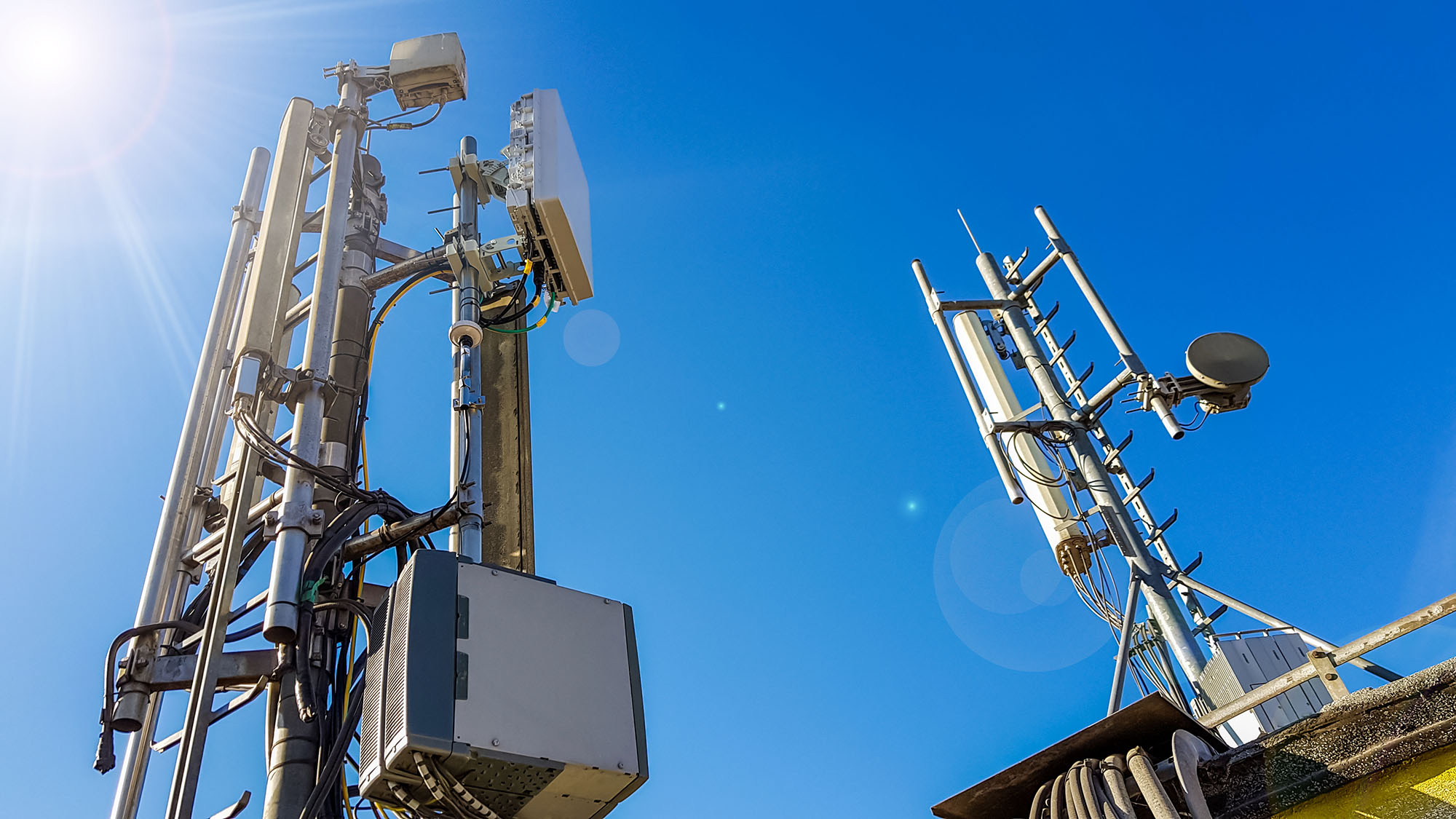
Weight W1 W2 Desired suppression Desired. Its structure is composed of eight identical planar-inverted F antenna PIFA elements placed at different edge corners of the handset mainboard with overall dimensions of 150 75 mm 2. The growth in communication has had a major influence on economic and social development in recent years. Designing the feeding network the effect of the coupling between the adjacent antenna elements and the effect of surrounded materials on the radiation characteristics of the antennas. Traditional antennas are passive devices that use metal rods capacitors and conductors. 5g Antenna Design.

A 5G MIMO-array antenna is designed on a Rogers RTDuroid 5880 substrate thickness 025 mm and proposed to resonate at 280 GHz for the coverage in the intended directions. Advanced antenna systems for 5G networks. In a first example an 8 element wideband array antenna is optimized for use in a mobile phone. AAS enables state-of-the-art beamforming and MIMO techniques that are powerful tools for improving end-user experience capacity and coverage. Its structure is composed of eight identical planar-inverted F antenna PIFA elements placed at different edge corners of the handset mainboard with overall dimensions of 150 75 mm 2. 5g Antenna Design For Mobile Phones The Simulia Blog.

Antennas are designed to perform optimally across a predefined set of frequency bands. In this study a new design of a tri-band multiple-inputmultiple-output MIMO antenna array is proposed for fifth-generation 5G cellular systems. Two frequency ranges are of most interest. This antenna unit will define a single section that will eventually be duplicated into an array of antennas hence antenna array. The antenna performance is investigated including gain coupling and. Block Diagram Of 5g Radio Front End Based On 16 Element Antenna Array Download Scientific Diagram.









